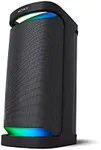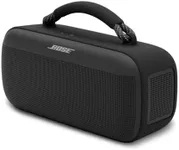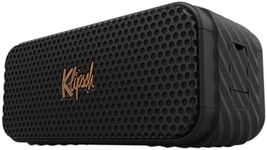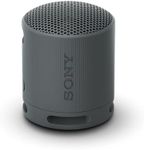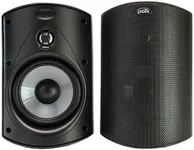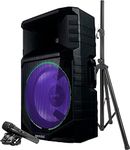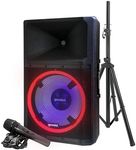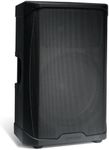Buying Guide for the Best Outdoor Powered Speakers
Choosing the right outdoor powered speakers can significantly enhance your outdoor entertainment experience. Whether you're hosting a party, enjoying a barbecue, or simply relaxing in your backyard, the right speakers can make all the difference. When selecting outdoor powered speakers, it's important to consider several key specifications to ensure you get the best fit for your needs. Understanding these specs will help you make an informed decision and find speakers that deliver the sound quality and durability you require.Power Output (Wattage)Power output, measured in watts, indicates how much power the speakers can handle and how loud they can get. Higher wattage generally means louder sound and better performance in larger outdoor spaces. For small gatherings or intimate settings, speakers with 20-50 watts may suffice. For medium-sized areas, 50-100 watts is ideal. For large spaces or big parties, consider speakers with 100 watts or more. Choose based on the size of your outdoor area and the volume level you desire.
Weather ResistanceWeather resistance is crucial for outdoor speakers as they will be exposed to elements like rain, sun, and dust. Look for speakers with an IP (Ingress Protection) rating, which indicates their resistance to water and dust. An IPX4 rating means the speakers can handle splashes, while IPX7 means they can be submerged in water. For general outdoor use, an IPX5 or higher rating is recommended. Consider your local climate and typical weather conditions when choosing the right level of weather resistance.
Sound QualitySound quality encompasses clarity, bass response, and overall audio performance. High-quality outdoor speakers should deliver clear, crisp sound with good bass to ensure an enjoyable listening experience. Look for speakers with a wide frequency range (e.g., 20Hz-20kHz) and good sensitivity (measured in dB). If you enjoy deep bass, consider speakers with built-in subwoofers. Test the speakers if possible, or read reviews to gauge their sound quality. Choose based on your audio preferences and the type of music you typically listen to.
Connectivity OptionsConnectivity options determine how you can connect your audio source to the speakers. Common options include Bluetooth, Wi-Fi, and wired connections (e.g., AUX, RCA). Bluetooth is convenient for wireless streaming from smartphones and tablets, while Wi-Fi offers better range and stability for streaming from home networks. Wired connections provide reliable sound quality but may limit placement flexibility. Consider how you plan to use the speakers and choose the connectivity options that best suit your needs.
PortabilityPortability refers to how easy it is to move the speakers around. Portable outdoor speakers are typically battery-powered and lightweight, making them easy to carry to different locations. Larger, more powerful speakers may require a power outlet and be less portable. If you need speakers for various outdoor activities or locations, opt for portable models. If the speakers will remain in a fixed spot, portability may be less important. Choose based on how and where you plan to use the speakers.
DurabilityDurability is important for outdoor speakers as they need to withstand physical impacts and harsh conditions. Look for speakers made from robust materials like metal or high-quality plastic, and those with reinforced corners or protective grilles. Durability ensures the speakers can handle accidental drops, bumps, and prolonged exposure to the elements. Consider how often the speakers will be moved or exposed to potential hazards, and choose models that offer the necessary level of durability.

